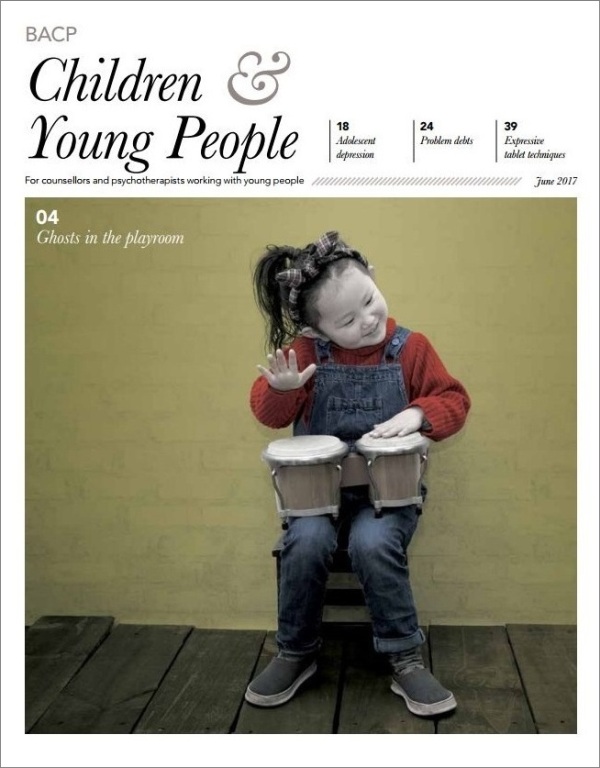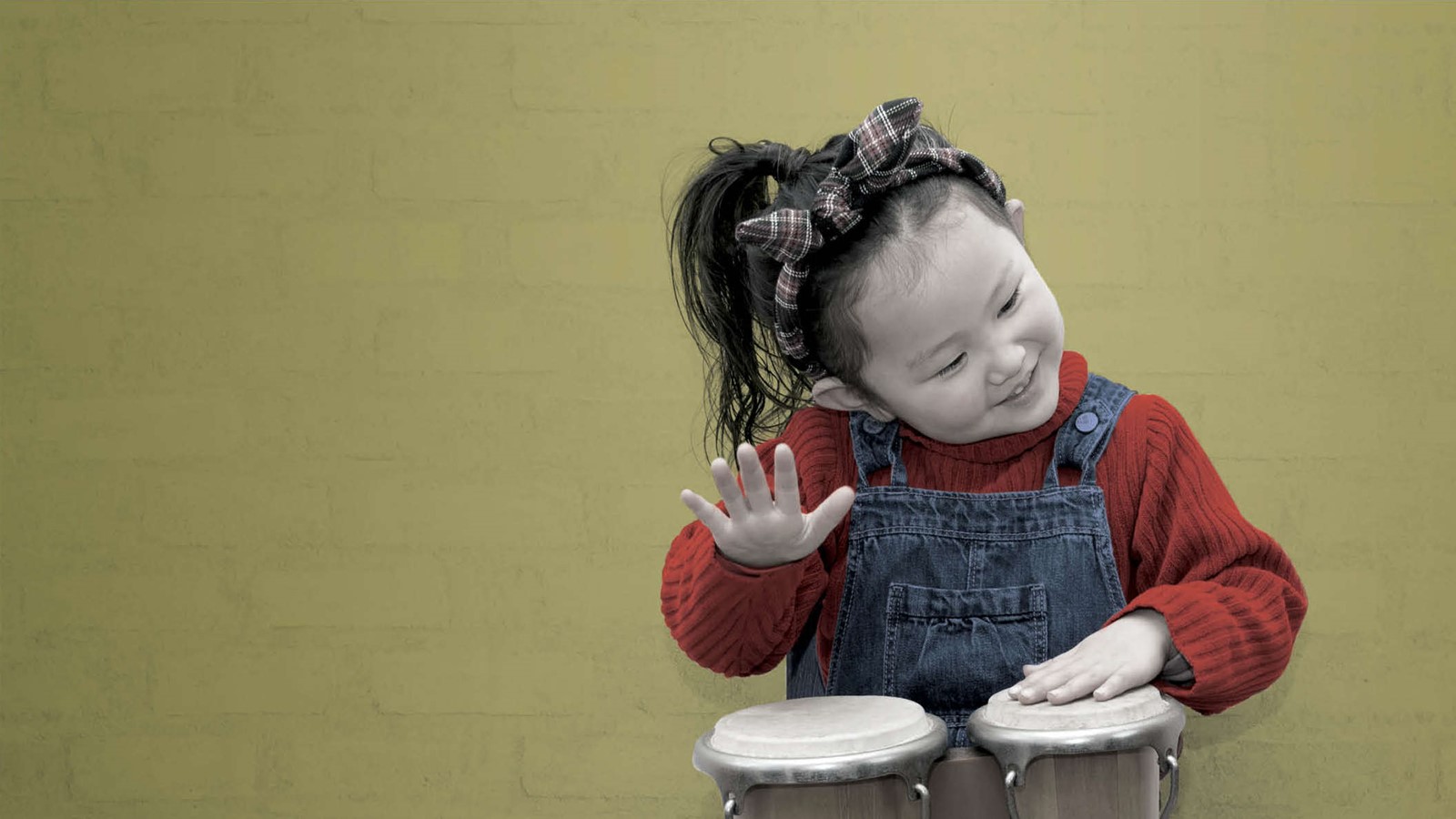In this issue
Features
Ghosts in the playroom (free article)
Henry Kronengold works with an anxious child who loves rock music
Encountering the young person as expert
Categories get in the way of person-centred work, says Emma Tickle
Using expressive and symbolic drawing
Erica Ruse Whalley shares her use of a tablet device in session
Issues
Lonely, isolated and misunderstood
How to understand the presentation of Asperger’s children, by Robin Holloway
Juggling multiple debts
Ilona Pinter discusses the effect of parental debt on children’s mental health
To love or to solve?
Solving problems in school can sometimes escalate the issue, says Jim Pye
In practice
Addressing the total field
Ruth Schmidt Neven offers time-limited psychodynamic interactive work with families
Getting active
Behavioural Activation addresses adolescent depression. Elizabeth McCauley and colleagues explain
The person-centred way
David Smyth outlines the benefits and challenges of this model with younger clients
Regulars
Reflecting on… afterwards
Jeanine Connor
Thinking about… responsibility
Alison Smyth
Considering… what do counsellors do?
Nick Luxmoore
From the chair

A pdf version of this issue is available from the BACP Children and Young People journal archive
Welcome
Five years ago, my spring source began to misdeliver. Maybe environmental issues played a part, and perhaps the financial stratagems of other bodies involved hastened this. Whatever, after a long period of legal challenges, emails, face to faces, mediation and arbitration, no compensation is forthcoming, no alternative supply is yet in place, and clearly another paradigm is called for in thinking towards a solution.
Of course, that’s my problem. But let’s translate it into counselling terms. Several years ago, something interfered with the mental health and wellbeing of our young people in general and we are not now reliably ‘delivering’ confident adults. Perhaps changes in society played a part; and quite possibly financial considerations entered the mix as well. Whatever, no real progress has been made in improving children’s mental health, and clearly another paradigm is called for in thinking about a solution.
I cannot be the only one currently undertaking a wary, watching brief and wondering how it will all end.
I commissioned this issue with several aims in mind, as usual, but while eavesdropping on the articles as I edited them, I was – and still am – surprised to be gathering so many snippets from diverse therapists with the same or similar message; snippets of thinking that, very closely, portray aspects of my idea that a ‘new paradigm’ is surely needed. Have a listen:
‘there is no blood test that can prove day-to-day difficulties of growing up’
‘liaise with teachers to provide developmental support not medicalise’
‘the proliferation of diagnosis’
‘categorising can obscure the young person and lead us astray’
‘procedures can militate against the emotional needs of CYP’
‘seeking to resolve the presenting problem, sometimes at negative cost to younger clients’
‘been given so many diagnoses with such disappointing outcomes’
‘a modernity bias that is already out of date’
‘compromising the actual therapeutic capacity of professionals’
‘deficient-focused stratagems that preclude critical judgment’
I won’t go on – as you read, you will inevitably notice such comments, due to the ‘pink elephant’ syndrome. But if we then stage this seeming unease about the prevailing trend against a backdrop of ‘the impact on commissioning of a market culture skewed towards targets and quick wins’,1 we have something of an indication about how to proceed. I’m not wanting to fall into the trap of splitting (‘I do whatever the young person needs’, ‘I do six sessions following a manual’). Medically/financially biased thinking and interventions are not always wrong (there is good and bad about most things in any given context). But such thinking always calculates and solidifies the boundaries of what can be allowed within what is meant to be a human and enabling encounter. Reminding ourselves of that, I am pleased to offer a range of articles about working with young people using ideas that are not always now considered ‘correct’.
And the new paradigm I would suggest is that we need to be doing whatever it takes, not whatever someone else thinks it takes. I’m not alone in proposing this. Sir Simon Wessely, President of the Royal College of Psychiatrists, writing about Prince Harry’s recent disclosure of his struggles, writes: ‘I do know, from what he has previously said about mental health, that he is concerned about the same things that we are. […] He has spoken eloquently about the problems of over-diagnosing and over-labelling.’2
I therefore prevailed on Henry Kronengold to write us a new example of the kind of scenario where we might bravely follow the client’s lead as the expert in what they need, and to show us how it might look in session – along with the deliberations and challenging decisions the therapist needs to make en route. I believe it summarises how many of us either work or long to work – with the freedom to allow a situation to right itself within the presence of a facilitating and mutual relationship. I am happy to lead off our summer reading with this article.
The ‘previously plentiful spring’ of our young people’s mental health and the means to counsel them has definitely suffered interference for all sorts of reasons, but I hope this issue will inspire us to keep at it and even to push in high places for a new paradigm.
Eleanor Patrick, editor of BACP Children and Young People
Email: empatrick@aol.com
References
1 Quoted in the publisher blurb for Psychoanalysis, the NHS and mental health work today (Karnac, 2017).
2 The Daily Telegraph iPad edition. [Online.] www.telegraph.co.uk/news/2017/04/16/prince-harrys-words-simple-true-remind-us-just-normal/ (accessed 17 April 2017).
